The Stream Story

You are walking by a river and you see someone drowning. What’s your first instinct? Your adrenaline kicks. You jump in to bring them to shore. Luckily you can administer CPR. Just as they regain consciousness, you hear someone call out for help. You look to the river to see another person drowning. Once again, you jump in, bring them to shore and administer CPR.

Just when you think the worst is over, you look back to the river to see more people drowning, appearing one by one in the distance where the river originates. There’s no way you can tackle all this by yourself so you shout for help. Groups of people join you to help save the drowning individuals. Not everyone knows how to administer CPR, but a quick lesson from you and they get the hang of it. Even so, the drowning far outnumber the helpers. Some are taught to swim, that works for some people. However, others are still struggling. The rescuers are trying their best, but they’re overwhelmed.
Suddenly you stop and begin running upstream. Everyone shouts at you puzzled, “Where are you going? We need more help here!”.
You respond, “I’m headed upstream to the source to see who is pushing all these people in!”
It is not enough to simply offer support in a moment of crisis. Instead, we must focus on developing a SUICIDE PREVENTION STRATEGY that can create an atmosphere of support and awareness BEFORE and AFTER a crisis.
What are the 3 important Suicide Prevention Strategies?
Upstream strategies - activities within this stage of the strategy include prevention efforts put in place to bolster protective factors that prevent problems from emerging in the first place. For example:
QPR Gatekeeper Training
Promoting help-seeking and help-giving behaviour
Enhancing mental health and self-care literacy
Crisis management
Managing bullying, discrimination, harassment and overwork
Midstream strategies - activities here are designed to identify emerging problems before they turn into a full-blown crisis, and provide interventions that de-escalate the problem. This includes:
Screening for mental health conditions and suicidal thoughts
Directory of support from peer counsellors, mentors
Therapy
Navigating perceived legal barriers, workers compensation, disability rights and performance standards
Downstream strategies - these activities are meant to help your organisation respond to more urgent cases of suicidal ideation and to support students in the unfortunate case of a death by suicide. For example:
Specialist support
Preventing suicide contagion
Psychological autopsy
SPIF can help
We can help your organisation create its own suicide prevention strategy that includes inputs from employees and gets the approval of senior managment. Accordingly, SPIF adopts an approach recommended by the American Association of Suicidology and helps you create an atmosphere of support and awareness in the workplace.



